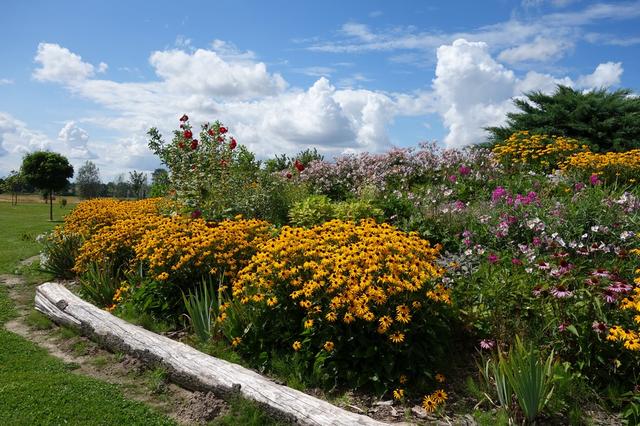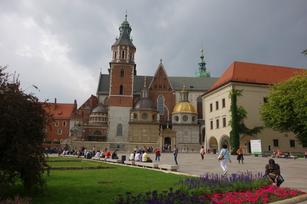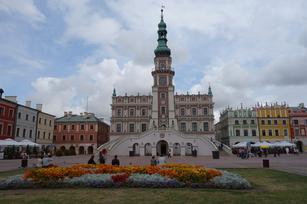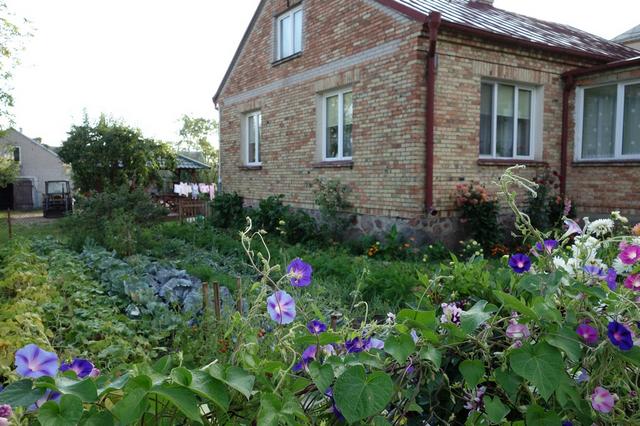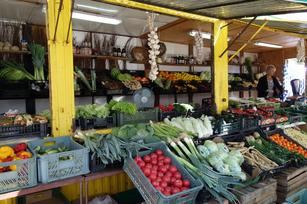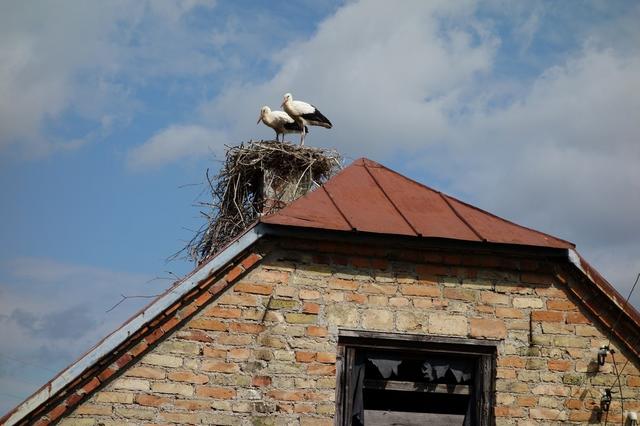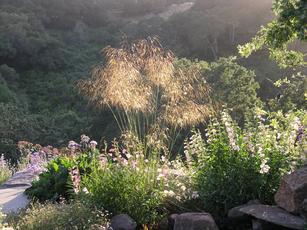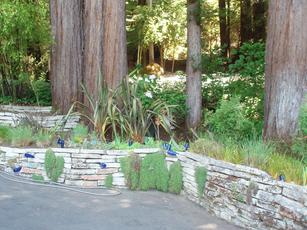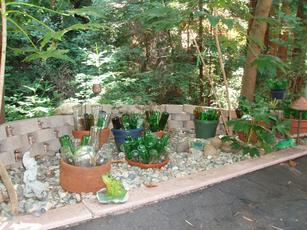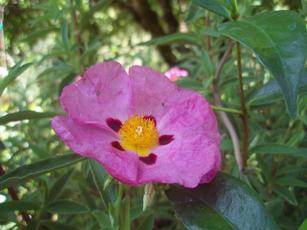 You know fall is just around the corner when you hear thunder. Seems like summer just started but now plants like lilac, rhododendron and dogwood have already set flower buds for next year. We don't know exactly what winter will bring. Will we receive lots of rain or a meager amount?
You know fall is just around the corner when you hear thunder. Seems like summer just started but now plants like lilac, rhododendron and dogwood have already set flower buds for next year. We don't know exactly what winter will bring. Will we receive lots of rain or a meager amount?
The latest from the Climate Prediction Center for the San Francisco Bay Area 2012-13 rainy season is that a mild El Nino event may be setting up. There has been a weakening of the positive sea surface temperature in the Pacific. El Nino has been known to come with plenty of rain for our area. We are still in a wait and watch mode.
Long range outlooks for the fall from the CPC run from equal chances for above or below normal rainfall to a slight tendency toward below normal. For the November through January period the probabilities start to shift and a slight chance of above normal rainfall creeps up along the coast from the south. By the time we get to the December through February period, the outlook is for above normal precipitation for the whole state with significant above normal chances for the Bay Area.
This is not a forecast but an outlook for the probabilities of above or below normal precipitation. If we do get heavy rains in January or February you should be prepared. Do you have a slope that might have an erosion problem? Now is the time to start planning and planting. The nights are cooler, the days shorter, the soil still warm. Everything that a new plant needs to get a good start.
What plants are good for controlling erosion in our area? When choosing plants to cover a bank for erosion control, assess the conditions of the area you want to plant. Is it in the sun or shade? Is it a naturally moist area or dry? Do you intend to water it or go with our natural cycle of wet in the winter and dry in the summer? Matching the plant to the site conditions will ensure success.
When designing a plant layout I consider whether I want a sweep of the same plant or a tapestry effect with a variety of plants. Using more than one type of plant allows me to work with contrasting foliage adding pattern to my composition. To create a stunning combination choose 5 or 6 styles and repeat them in small drifts to carry the eye through the composition. Add grasses for linear texture.
If the area you need to stabilize is large and mostly shade, consider Ribes viburnifolium aka Evergreen Currant which grows 3-6 ft tall spreading to 12 ft wide. It needs no irrigation when established. Another plant that tolerates shade and needs no irrigation after 3 years is Mahonia repens aka Creeping Mahonia. It grows 1 ft tall by 3 feet wide spreading by underground stems that stabilize the soil.
Symphoricarpos aka Common Snowberry or Creeping Snowberry can hold the soil on steep banks. They tolerate poor soil, lower light and general neglect. Philadelphus lewisii aka Wild Mock Orange tolerates some aridity and partial shade. This beautiful, fountain shaped, fragrant flowering shrub grows about 8 ft tall by 8 ft wide and is not fussy about soil.
A bank in the sun would contain a different plant palette. Some of my favorite plants to control erosion in this situation include Ceanothus in all its forms. Groundcover types like Centennial, Anchor Bay and Maritimus are not attractive to deer like the larger leaved varieties. Rockrose such as Cistus purpureus also provide large-scale cover for expansive sunny areas. Their dense strong root systems helps prevent soil erosion. Choose from white, pink or magenta flowers on plants varying from 1-5 ft. high depending on which variety you choose. This Mediterranean native is fast growing, drought tolerant and deer resistant.
Smaller plants for color that control erosion are lavender, California buckwheat, salvia leucophylla, California fuchsia, deer grass, needle grass, mimulus, yarrow, Pacific Coast iris, bush poppy, penstemon and artemisia.
These suggestions are just a few of the plants that control erosion. Every area is different and every situation unique. Email me if you would like help with your area.

